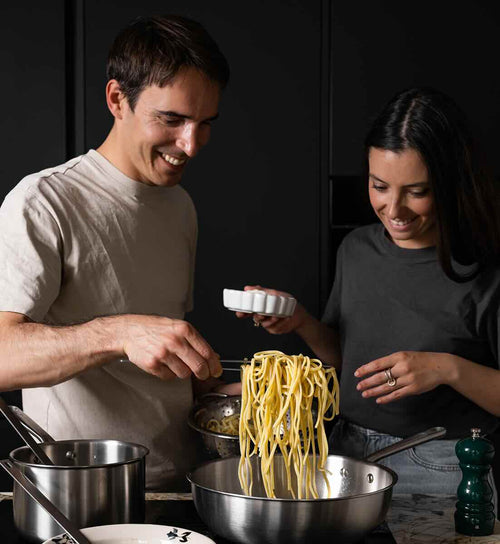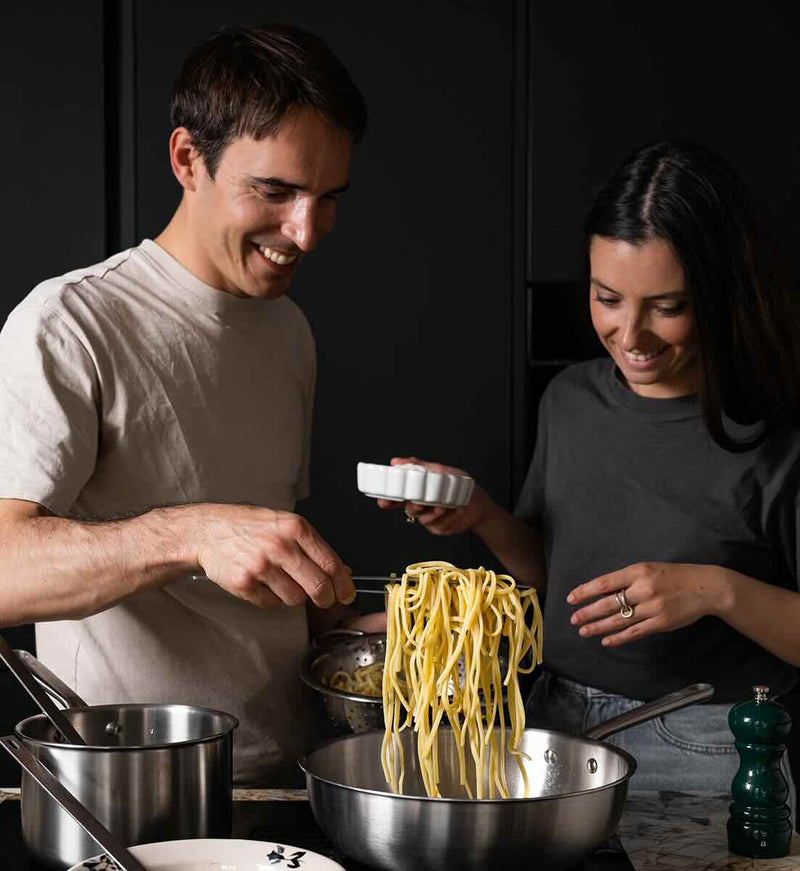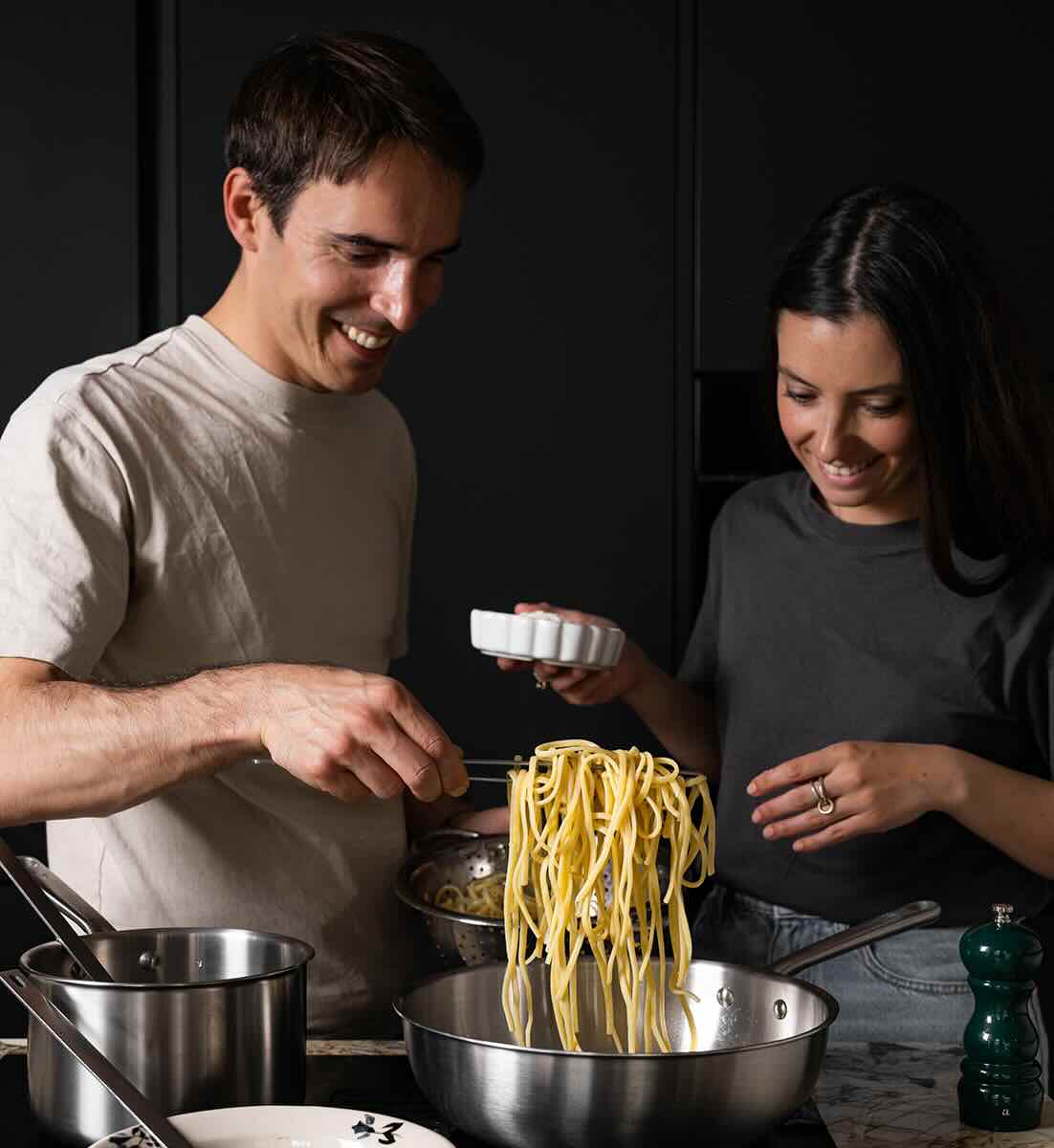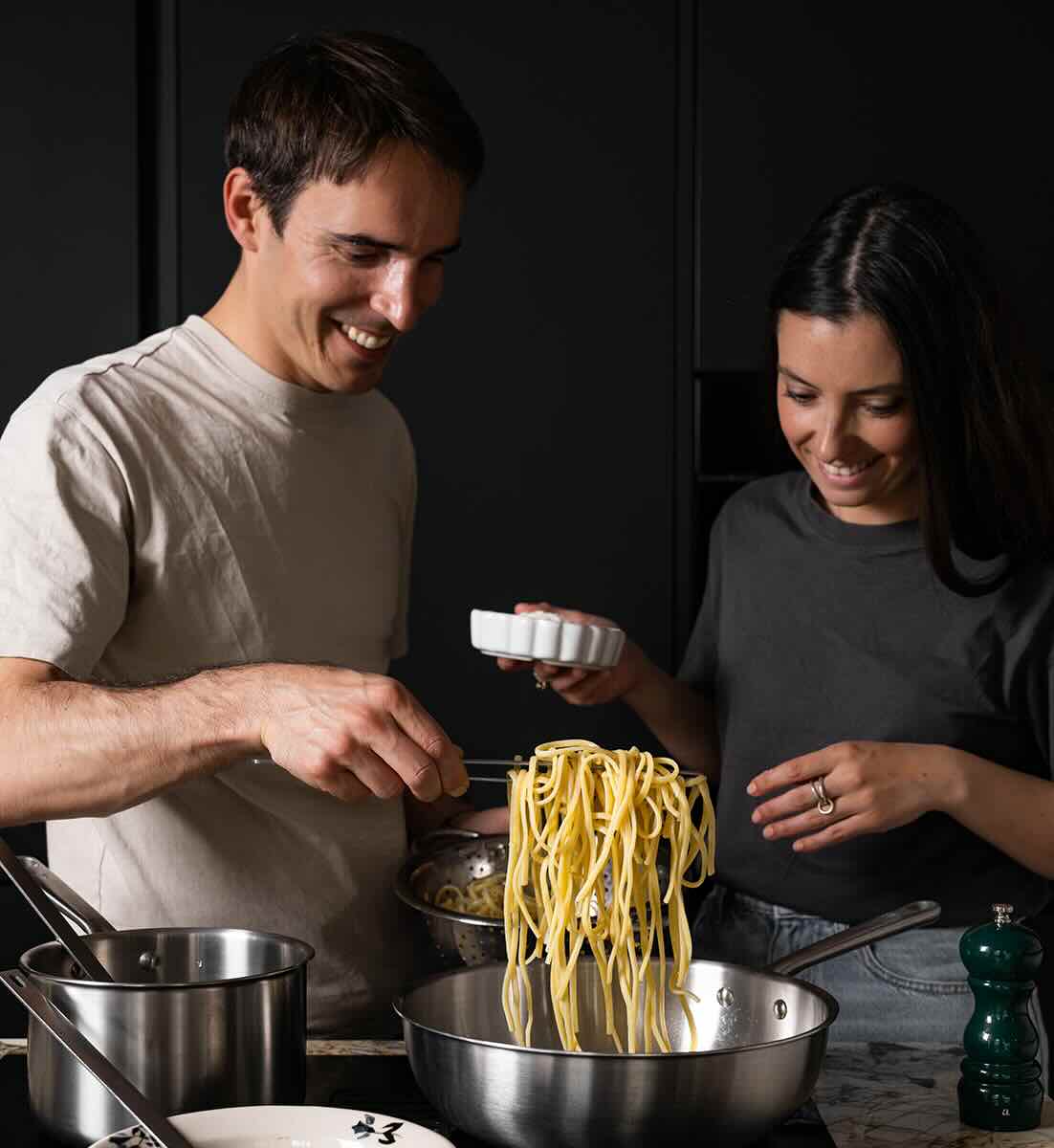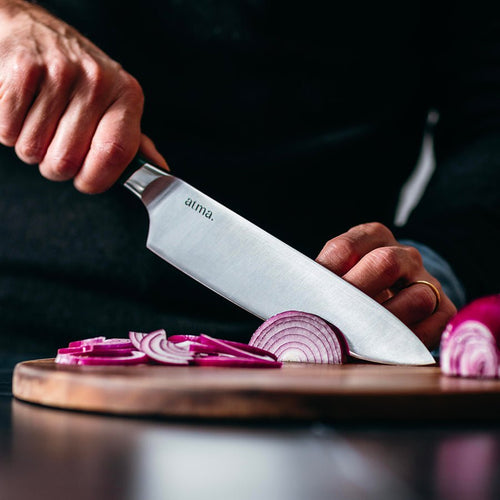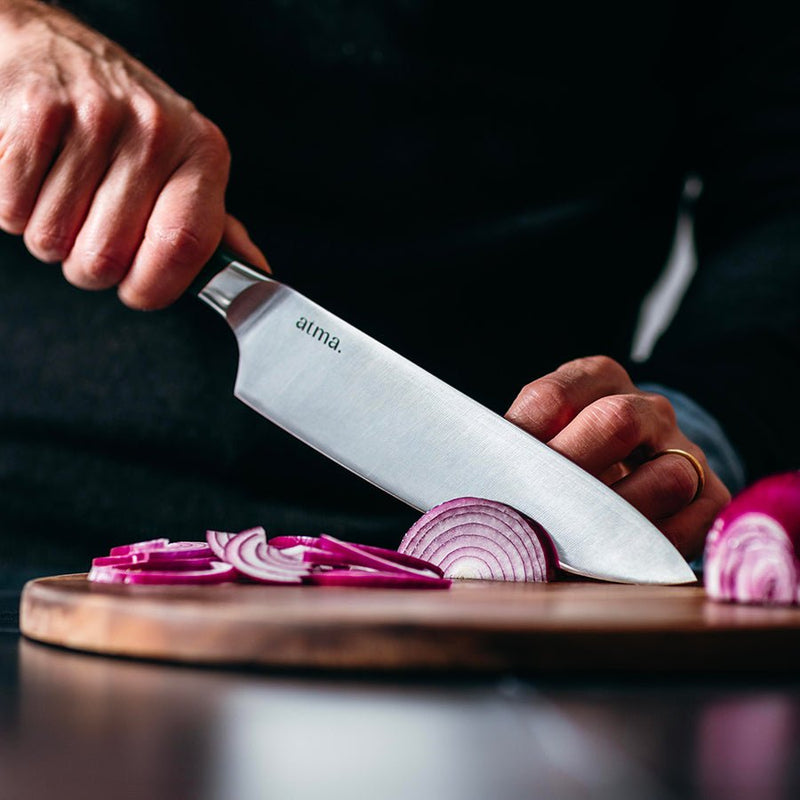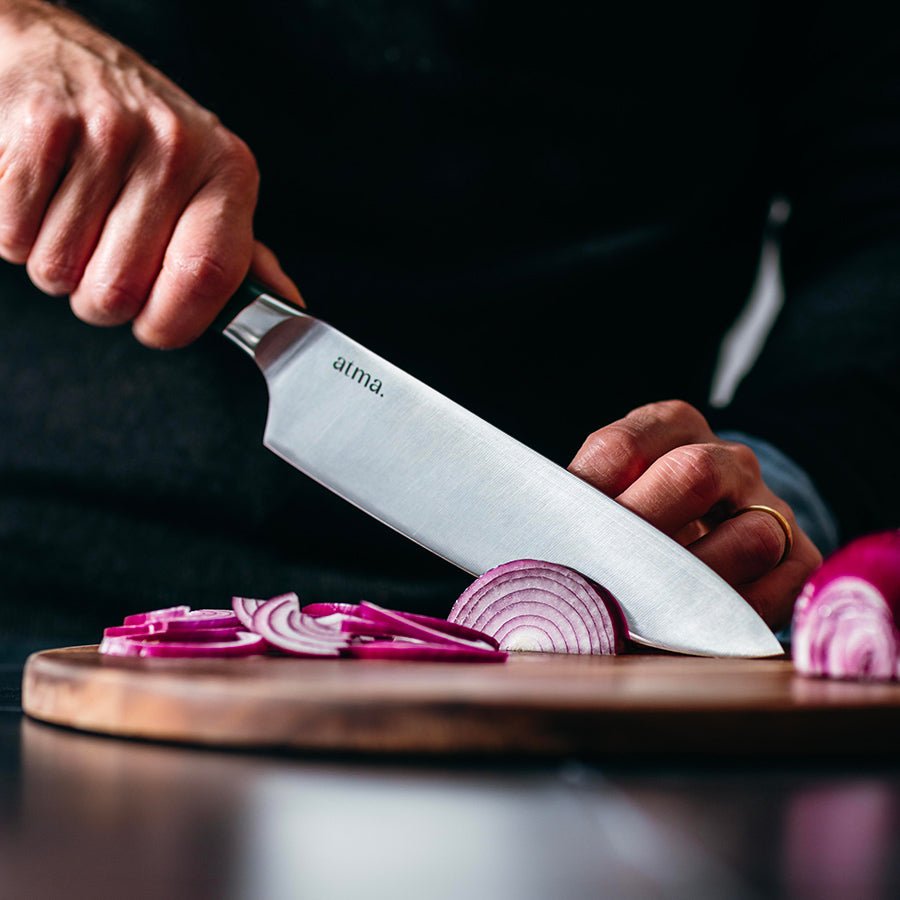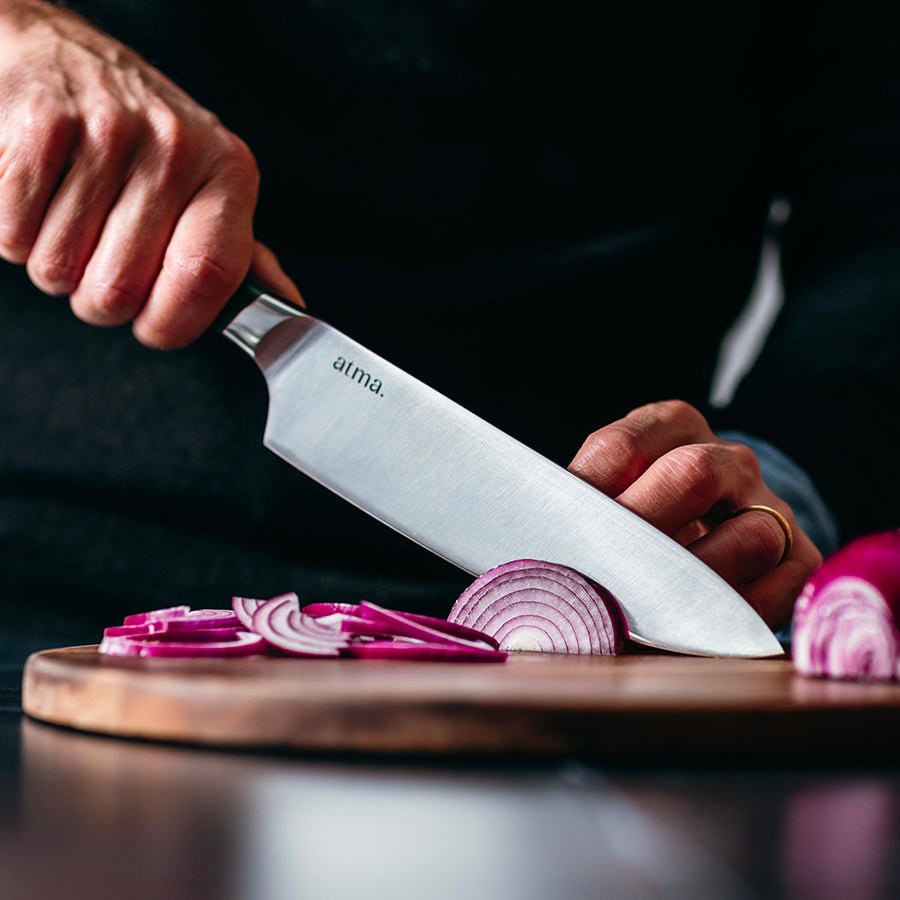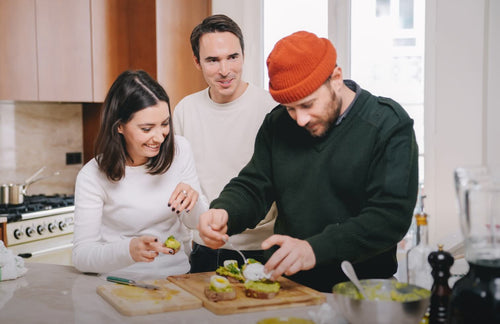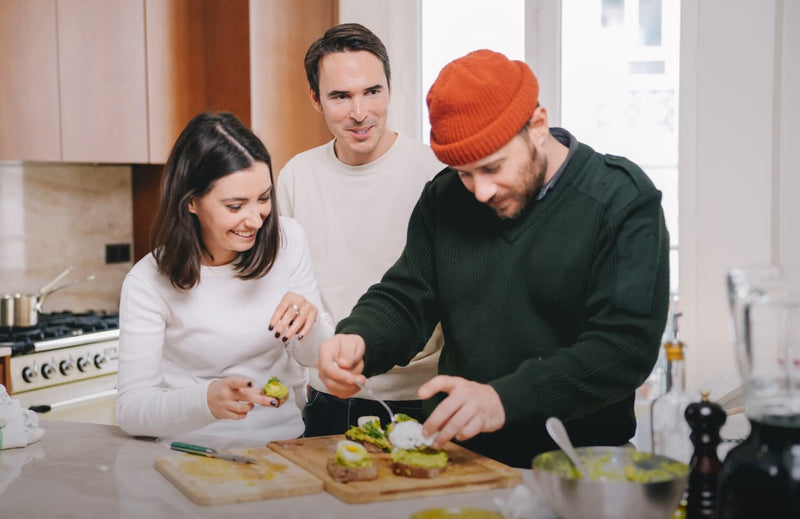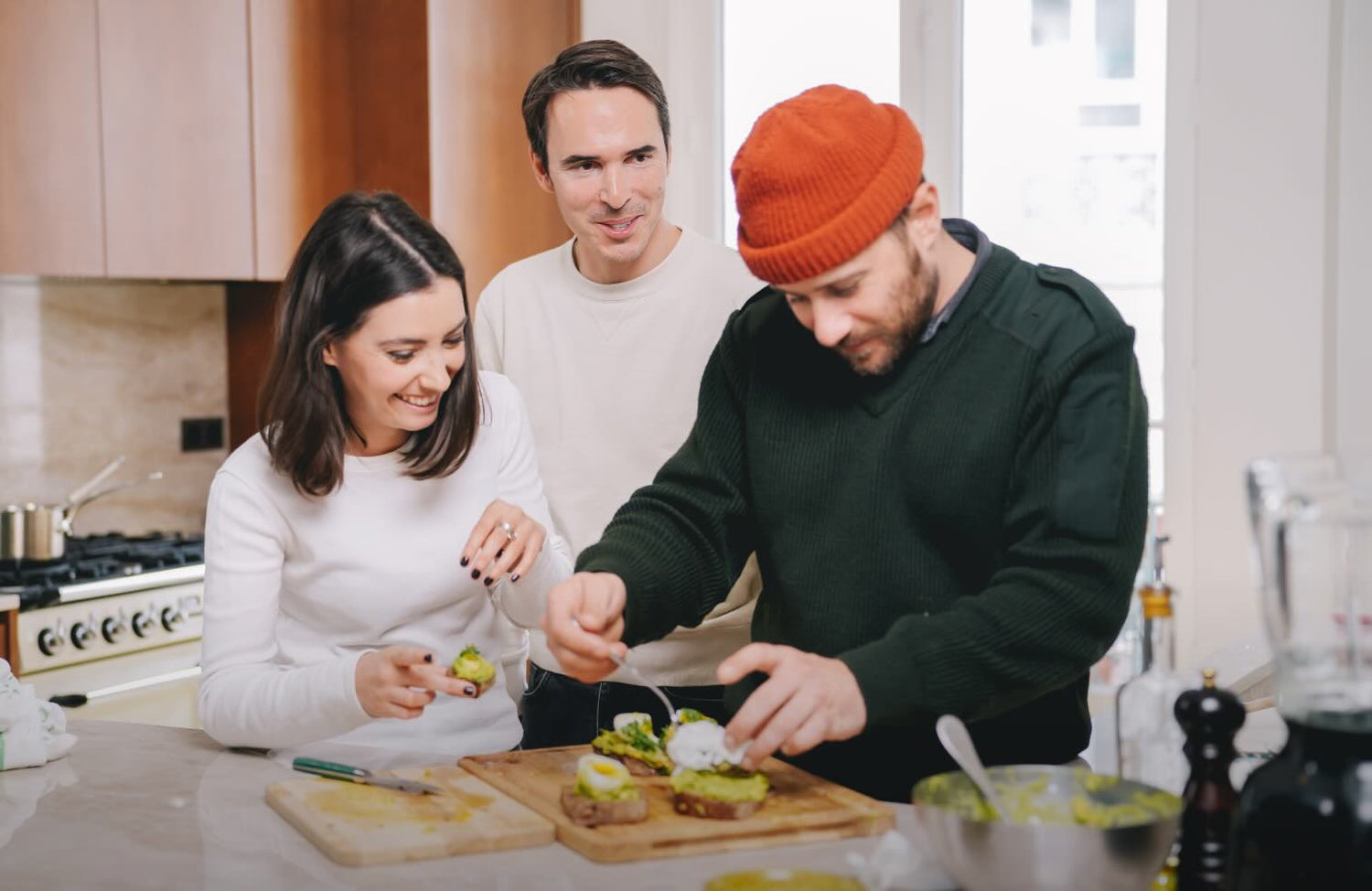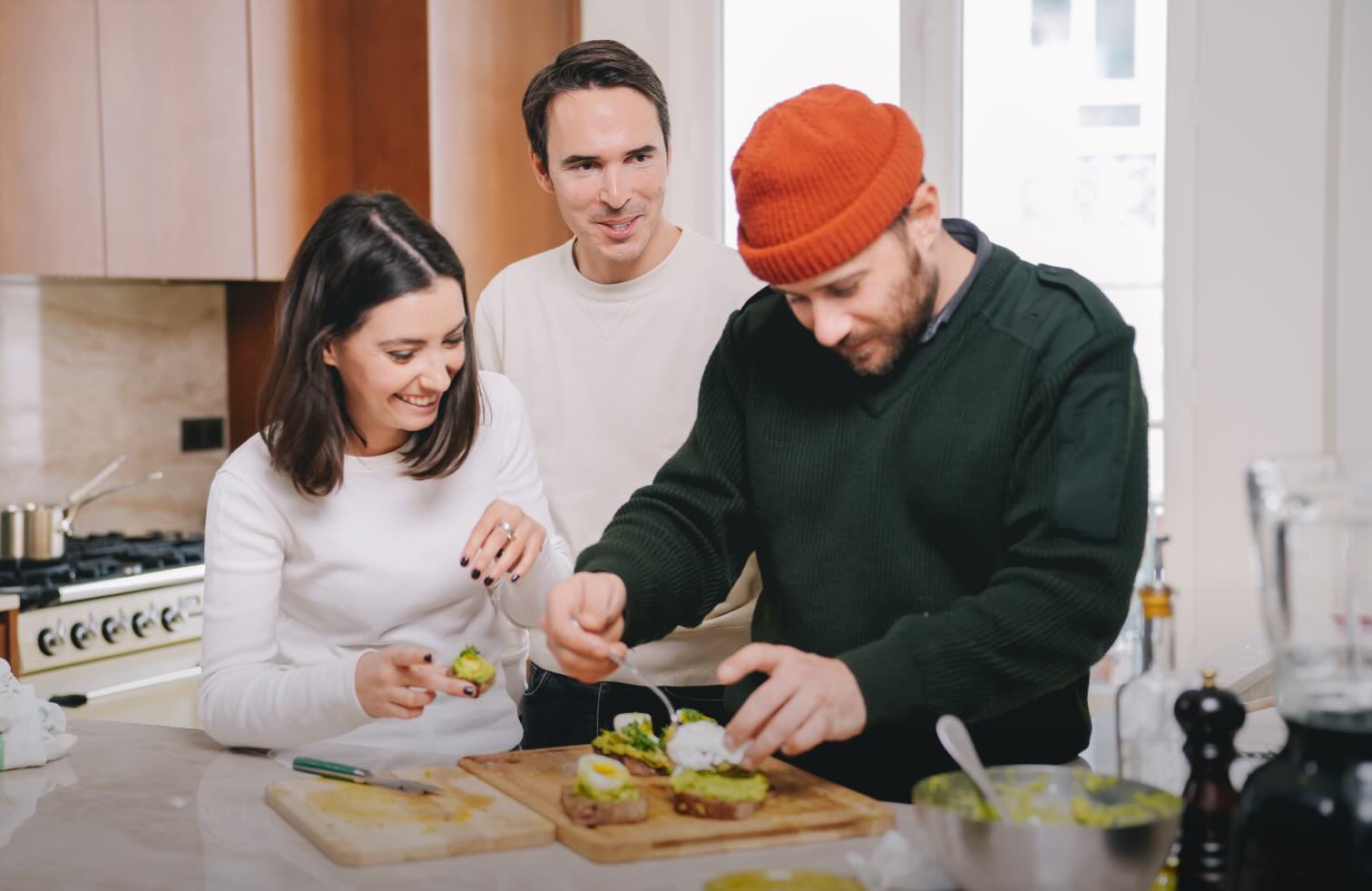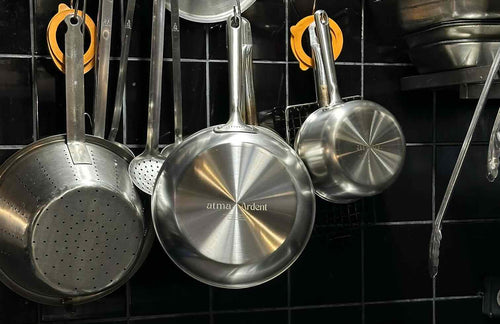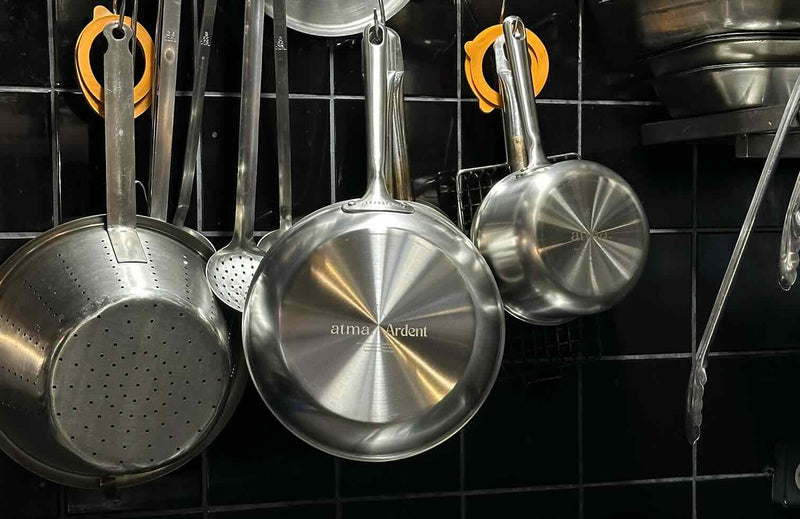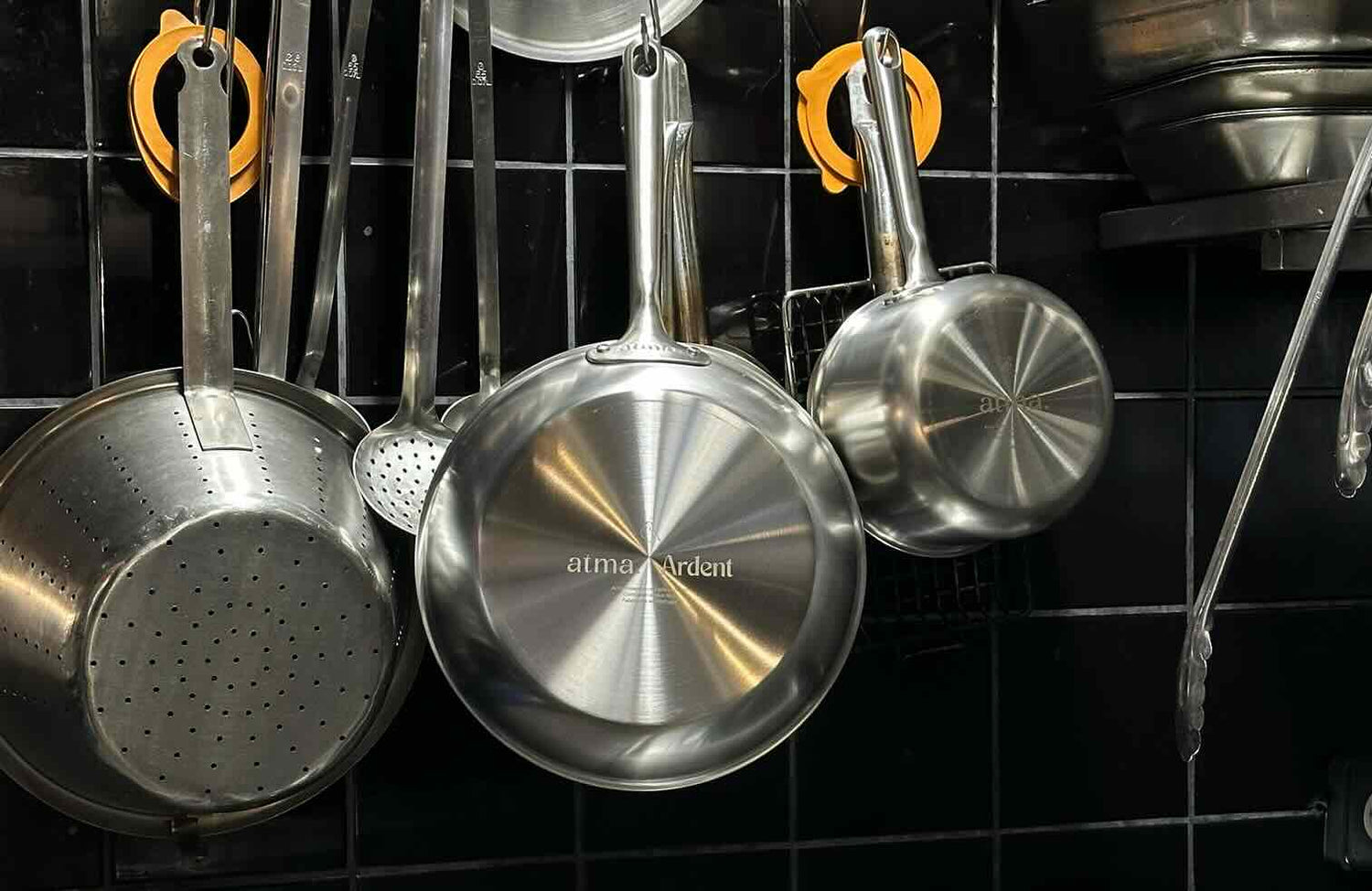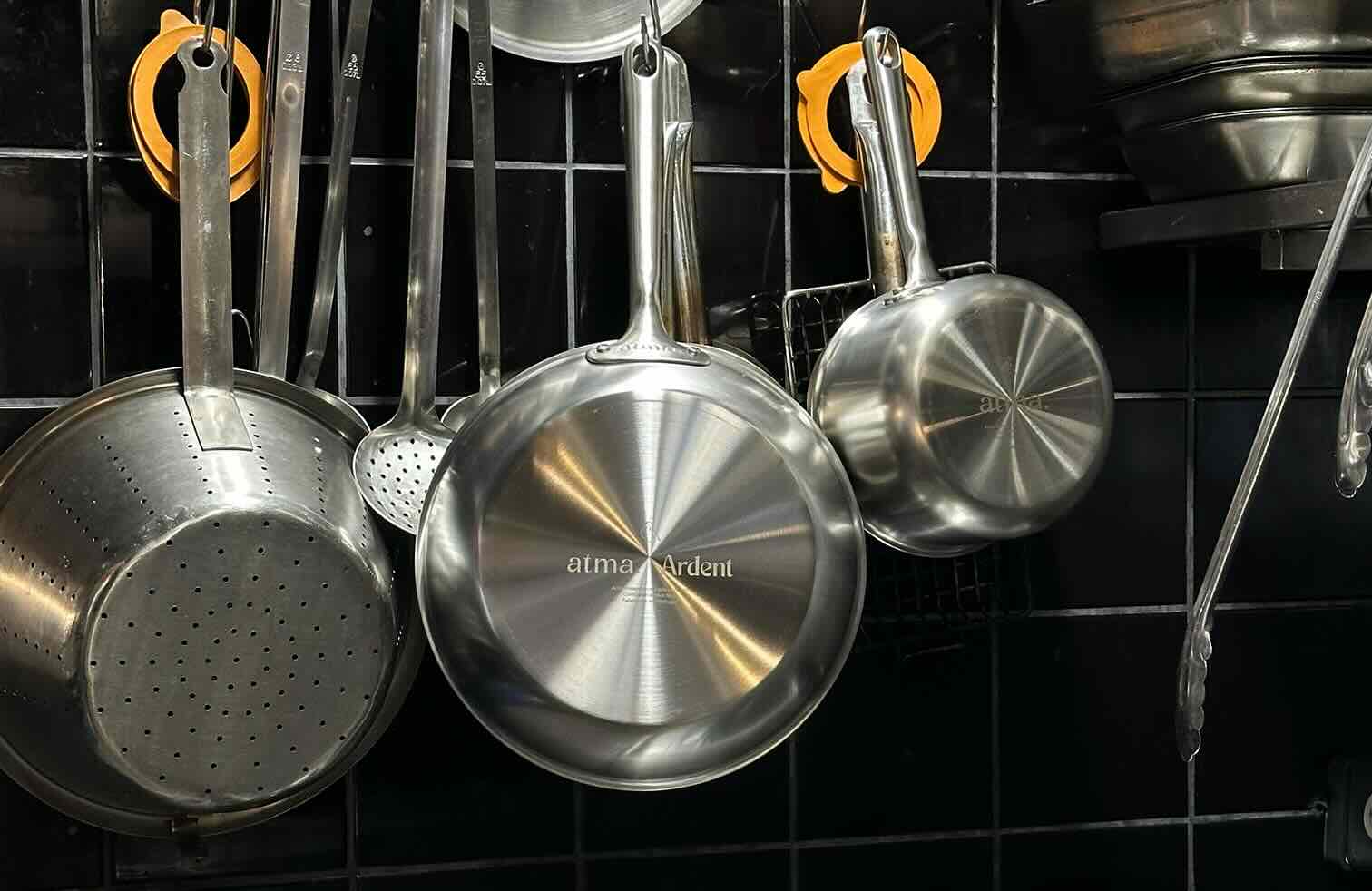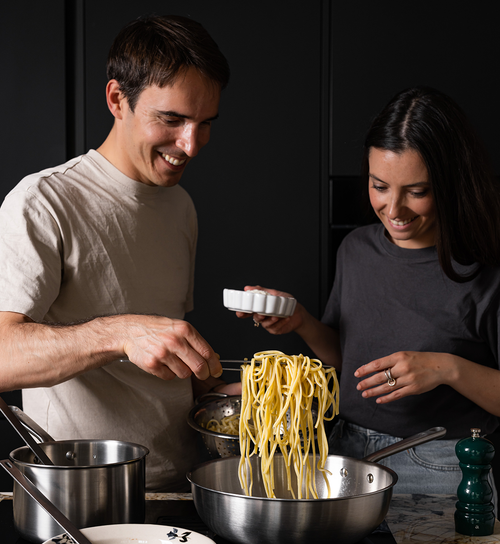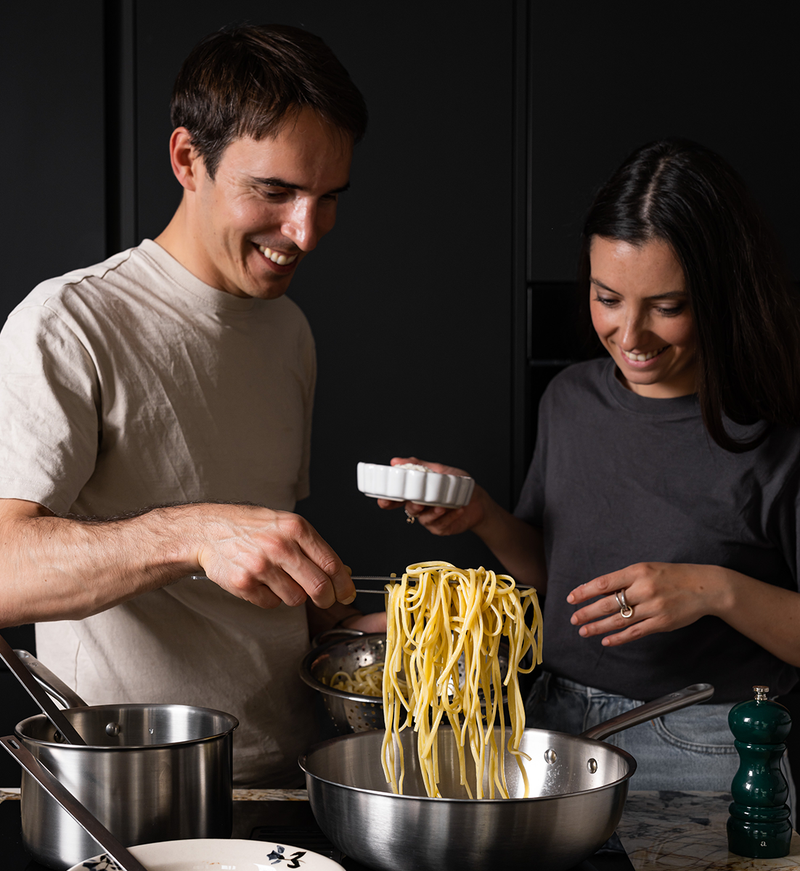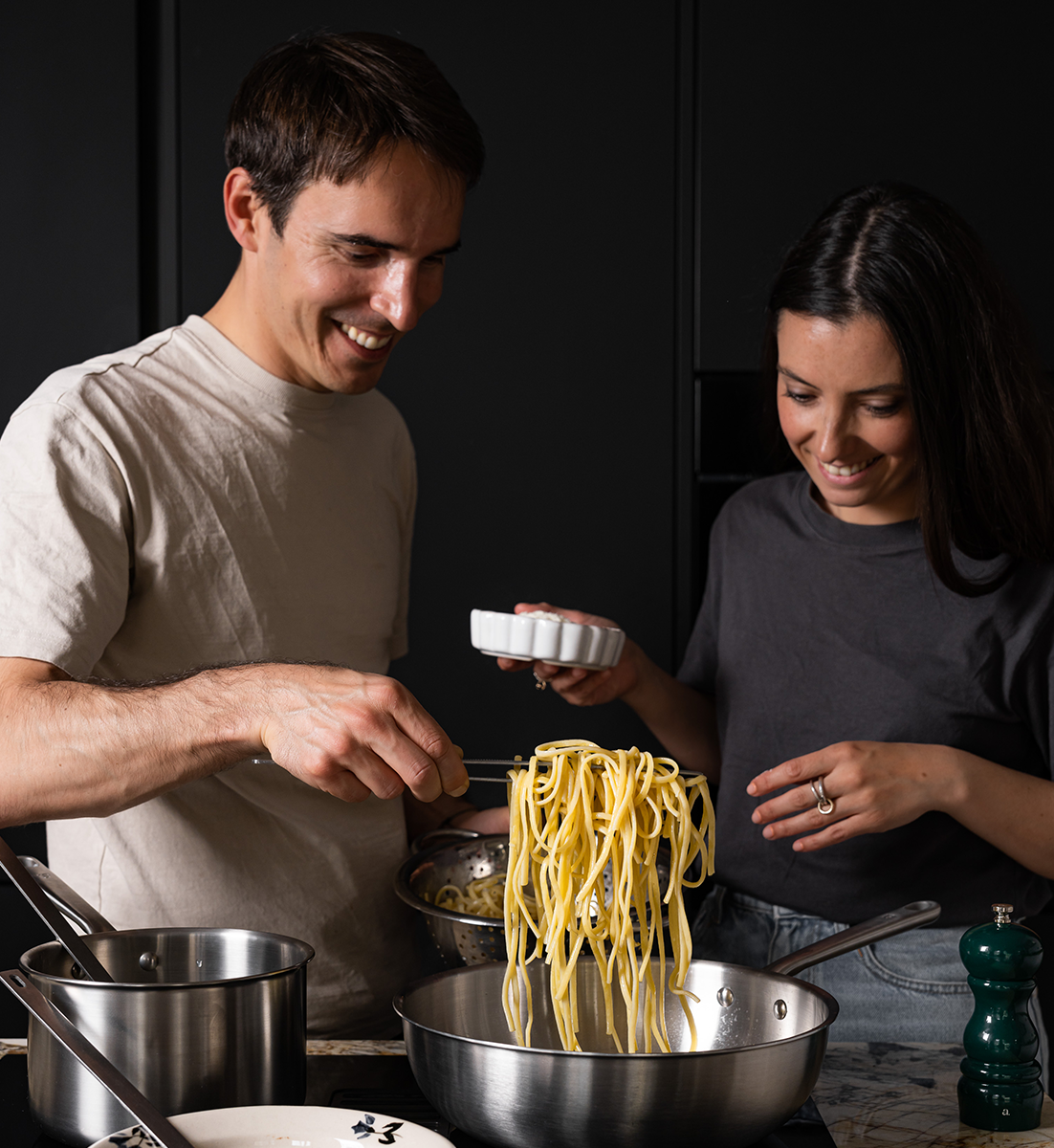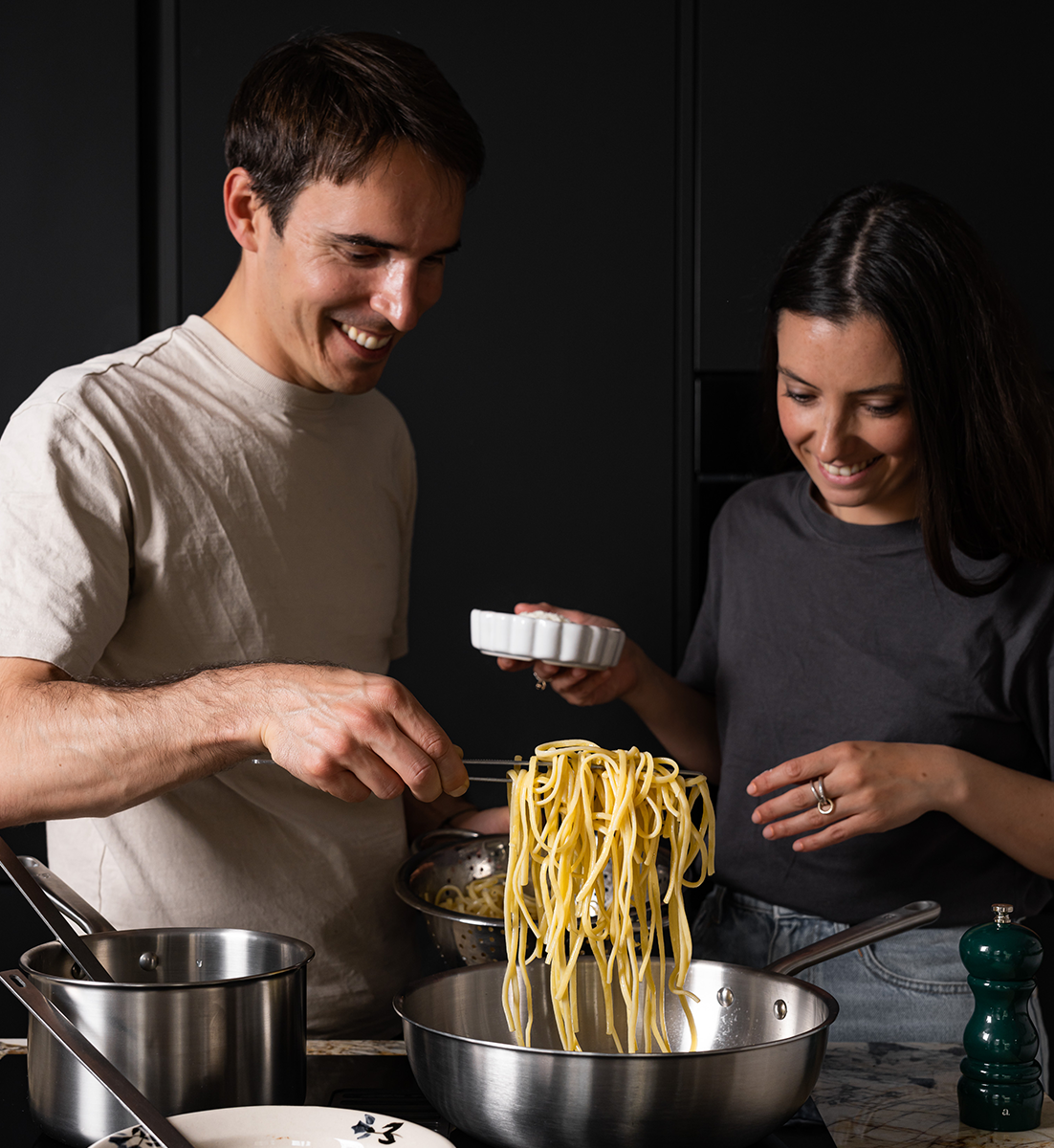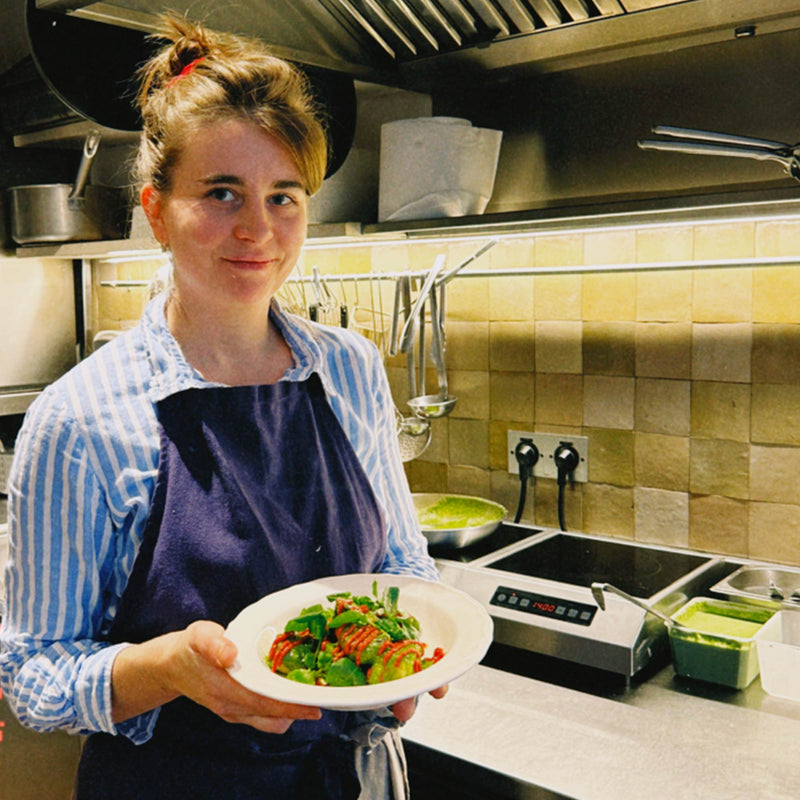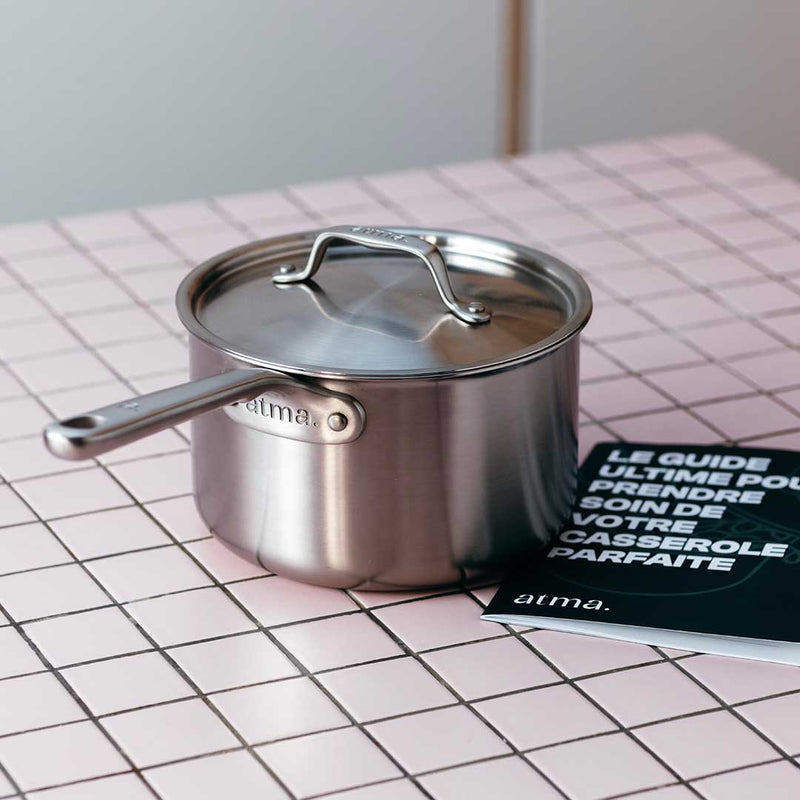The kitchen knife bolster: why is it so important?
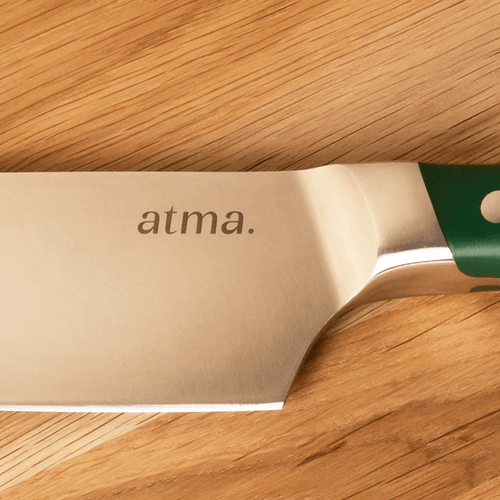
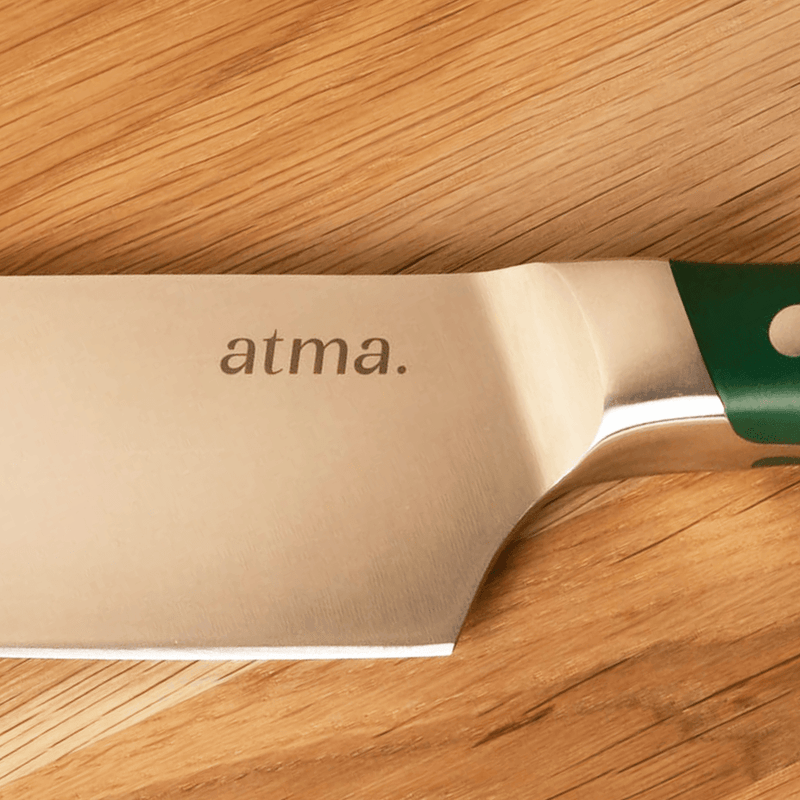
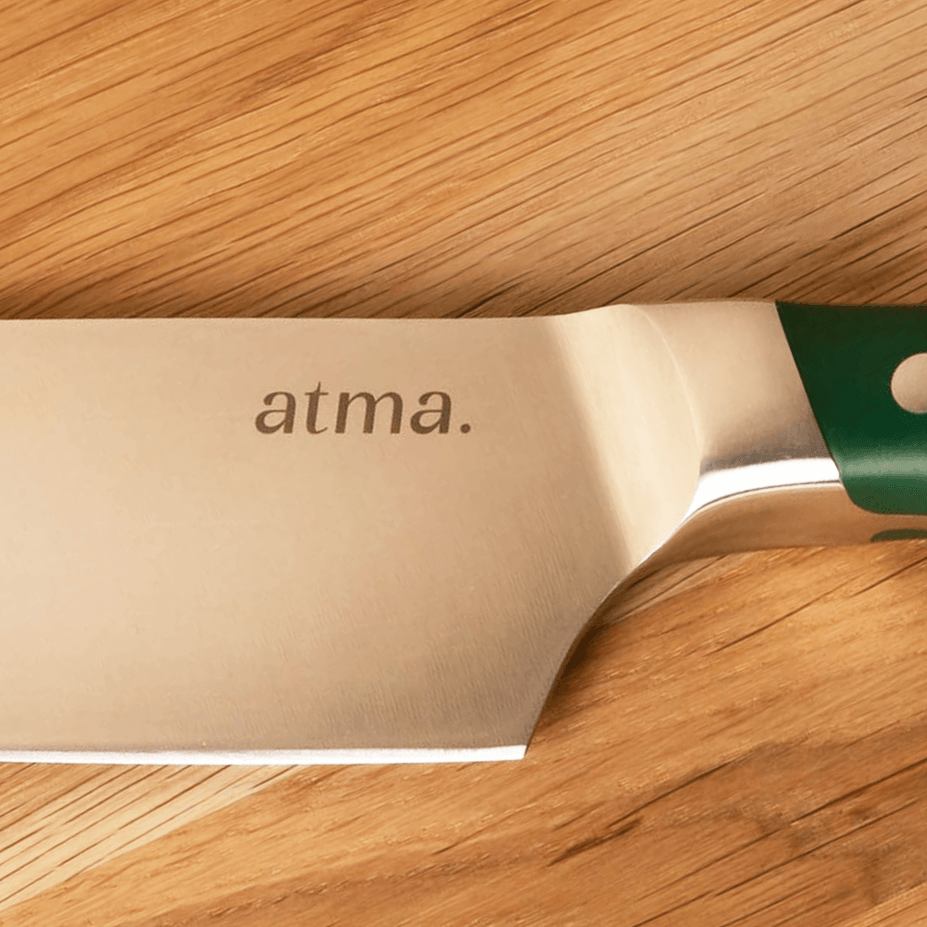
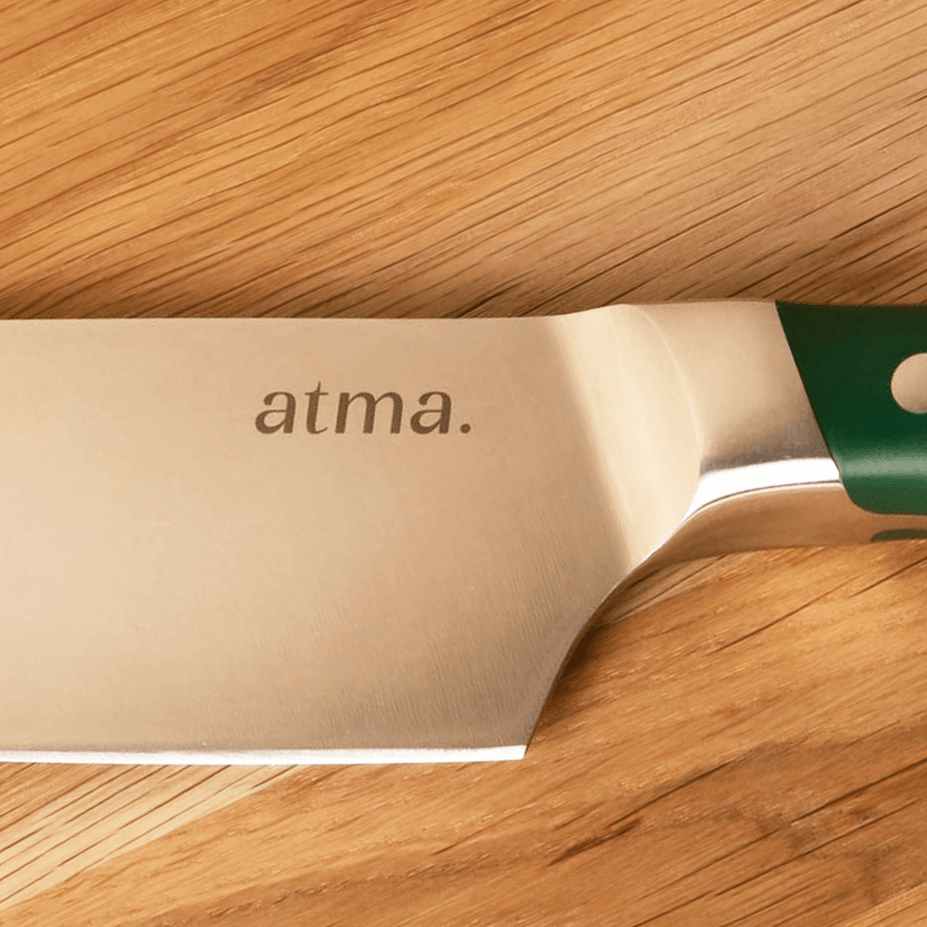




When choosing a kitchen knife, we all tend to be seduced by the beauty of the blade or the quality of the handle. However, there is one essential element that should not be overlooked: the bolster. The bolster is the metal piece located between the blade and the handle, which ensures a smooth transition between these two parts of the knife. Although often overlooked, the bolster plays a crucial role in the performance, durability, and safety of the kitchen knife. In this article, we will explore in detail the importance of the bolster in a kitchen knife and why it is essential to choose knives with a quality bolster.
I. Knife Stability and Balance
The bolster plays a key role in the stability and balance of a kitchen knife. As a solid metal piece located at the end of the handle, it ensures a secure connection between the blade and the handle. This allows the knife to be well-balanced, providing optimal control when cutting food. A well-designed bolster ensures that the weight is evenly distributed, providing a comfortable and precise feel when using the knife. A little bonus: a well-balanced knife follows your cutting movements, so you'll tire less. It never hurts.
II. Durability and Strength
A quality bolster also contributes to the durability and strength of the kitchen knife. A true bolster is generally a sign of a knife that's 100% forged from a single piece of steel, an indicator of quality and durability, as we've discussed here.
When using a knife, the bolster protects the handle from the forces and stresses of cutting food. It also prevents the handle from deteriorating over time. A strong, well-fitting bolster reinforces the overall structure of the knife, extending its lifespan.
III. Safety and Comfort
A final aspect of the bolster is its role in the cook's safety. When using a kitchen knife, it is essential that the blade is securely attached to the handle to avoid any risk of detachment, especially for knives that are not full tang. The bolster plays an important role providing a smooth transition between the blade and the handle, which reduces the risk of accidental injury.
Finally, for knives with a curved bolster on the blade, as is the case with our ultimate chef's knife, the grip (as explained in our previous article here) is made easier for greater comfort and control.
The Keystone of Your Chef's Knife
In conclusion, the bolster is an often overlooked but crucial element in a kitchen knife. It contributes to the knife's stability, balance, durability, and overall comfort. When choosing a kitchen knife, be sure to pay attention to the quality of the bolster. Opt for knives with strong, well-designed bolsters, as they provide a superior cutting experience, increased durability, and safe use.
Discover our best sellers
By Victor Desport
















